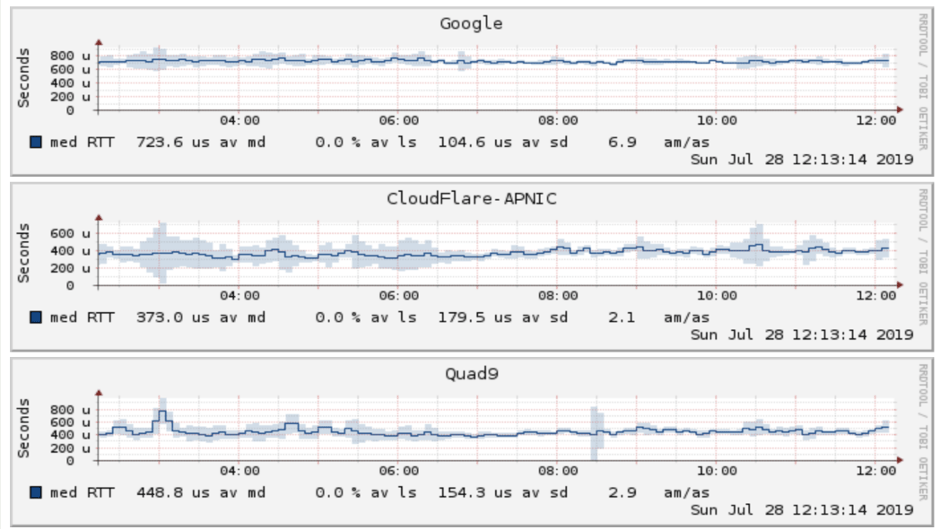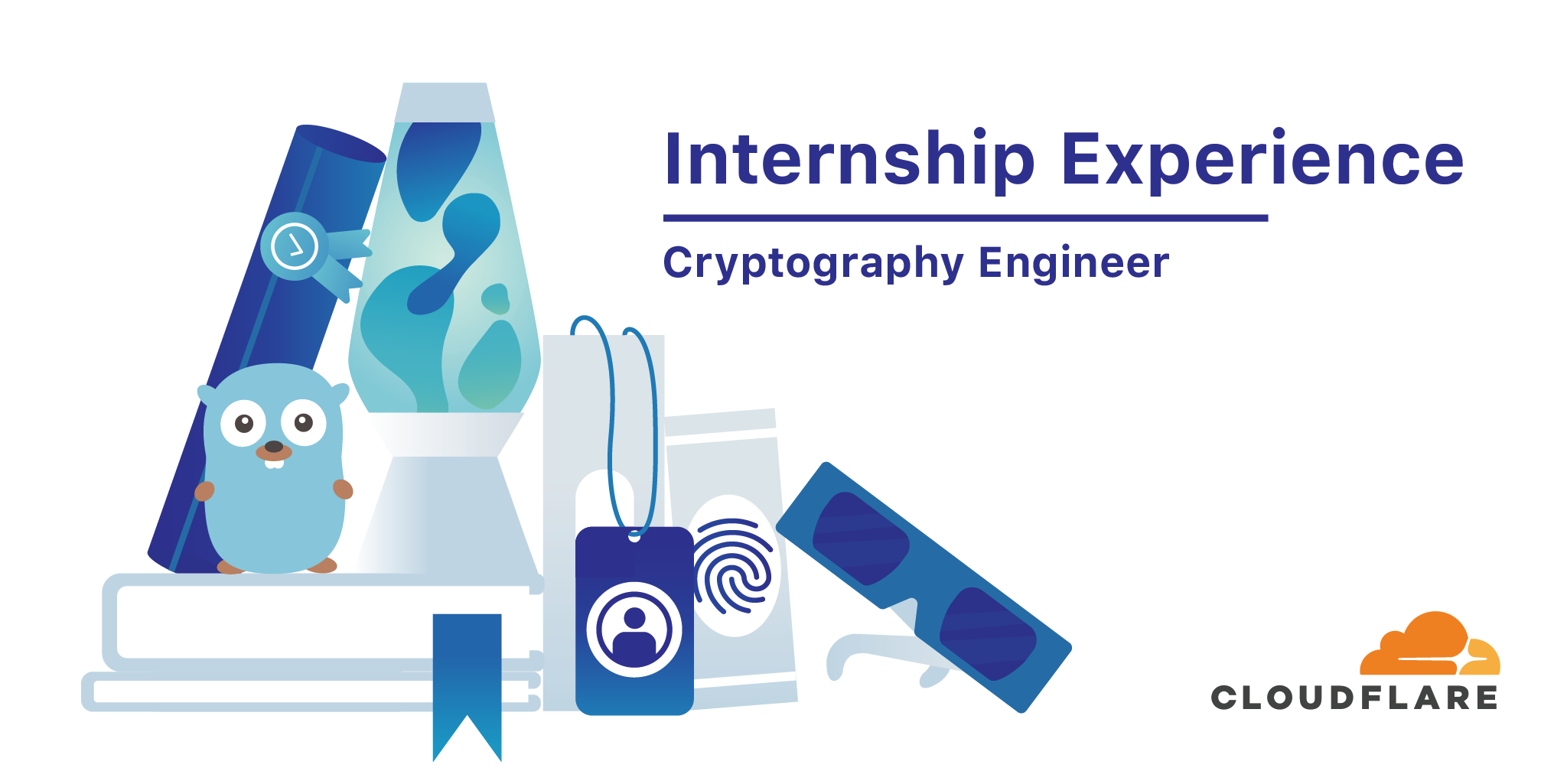BiB093: Declare A K8s Stack With Spectro Cloud
Spectro Cloud is Kubernetes management. But...that's really oversimplifying it, especially with the hundreds of offerings that have something to with Kubernetes management or KaaS. If I'm being more precise, Spectro Cloud is about managing an entire infrastructure stack that's built around Kubernetes.Daily Roundup: Cisco Swipes Back at VMware SD-WAN Claim
Cisco swiped back at VMware's SD-WAN claim; McAfee beefed up its SASE with browser isolation; and...
The Greatest Asset to Open Source is Community
"Closed limited resources and ideas can never compete with something that is open to the world –...
Load balancer with BGP and UCMP
Uniform load distribution to anycast servers using BGP bandwidth community and unequal cost multipath forwarding
Scalable modern applications are deployed as clusters of server instances and load balancers are needed to distribute client requests across server instances. In order to ensure positive user experience an application needs to be always responsive and no instance should get bogged down with overload.
Sophisticated load balancing solutions help but often involve expensive and proprietary components. These also are additional point of failure requiring maintenance and are often overkill for most use cases.
Here is one solution to this complex problem that can achieve spreading client requests evenly across application servers with network switches running Cumulus Linux. All this is achieved without adding any additional device or component.
The case in point is that the user has a large number of anycast services running in a multipod Clos network. The number of service endpoints can dynamically change and user expectation is that service endpoints get uniformly loaded.

This solution works well for both cases, one where Clos fabric is Layer-3 only network and another where we have Evpn vxlan overlay network. Care must be taken though to select switch hardware that can support overlay Continue reading
Why Is So Much Internet Traffic Leaving Pakistan?

This article appeared first on the APNIC website.
At the recent SANOG meeting held in my homeland, Pakistan, I wanted to provide the local community with some insights into the importance of Internet exchanges (IXs), specifically the need to host content locally.
Knowing that data is king among network operators, I set up a virtual machine as soon as I arrived to collect information on several key metrics, including latency and the hosting location of .pk domains. Needless to say, the results were surprising.
How long does it take to connect to public Domain Name System (DNS) services?
First, I tested for latency, specifically the time it takes to PING three of the most popular public DNS services: Cloudflare DNS (1.1.1.1), Google Public DNS (8.8.8.8), and Quad9 (9.9.9.9). PING is not the best way to test DNS but this is for reachability purpose only.
Before leaving my home in Sydney, Australia, I did the same to offer a comparison. As you can see from the results in Figure 1, all were below 1ms.

The results for Pakistan were Continue reading
Nokia Expands RAN Portfolio, Releases DSS
All of the new RAN gear is running on chipsets from Nokia’s ReefShark portfolio, including new...
IBM Touts AI Cure to Secure Supply Woes
“No company can afford not to have a multi-dimensional, dynamic supply strategy that is capable...
Cloning Remote Linux Machines
I would like to share the second version (1.1) of the Bash script backup_images-1.1.sh which you can use for cloning disks of remote Linux machines. The script reads IP addresses of the hosts from a file and copy the disks with dd command over SSH connection. The disks are stored on a local machine, compressed […]Continue reading...
Internship Experience: Cryptography Engineer


Back in the summer of 2017 I was an intern at Cloudflare. During the scholastic year I was a graduate student working on automorphic forms and computational Langlands at Berkeley: a part of number theory with deep connections to representation theory, aimed at uncovering some of the deepest facts about number fields. I had also gotten involved in Internet standardization and security research, but much more on the applied side.
While I had published papers in computer security and had coded for my dissertation, building and deploying new protocols to production systems was going to be new. Going from the academic environment of little day to day supervision to the industrial one of more direction; from greenfield code that would only ever be run by one person to large projects that had to be understandable by a team; from goals measured in years or even decades, to goals measured in days, weeks, or quarters; these transitions would present some challenges.
Cloudflare at that stage was a very different company from what it is now. Entire products and offices simply did not exist. Argo, now a mainstay of our offering for sophisticated companies, was slowly emerging. Access, which Continue reading
NetDevOps Automation with REST API
Andrea Dainese added REST (Web) API to his Automation for Cisco NetDevOps article. You might love his explanation of the screen scraping methods used by legacy implementations. He was too polite to throw around any names, but I could immediately think of NETCONF or RESTCONF implementation on Cisco IOS.
Why McAfee’s Beefing Up Its SASE With Browser Isolation
Browser isolation is like social distancing. But instead of protecting people from pandemics,...
Microsoft-Led KEDA Project Served Into CNCF
KEDA was designed to allow developers to run serverless functions within a Kubernetes environment...
Daily Roundup: VMware Claims SD-WAN Win Over Cisco
VMware claimed SD-WAN victory over Cisco; HPE readied $2 billion COVID-19 relief for enterprises;...
How 5G and Retail SD-Branch Enhance the Customer Experience
As retail customers demand constant connectivity, 5G and SD-branch can work together to bring them...
NacXwan Taps Lanner for SD-WAN Hardware
The agreement pairs Lanner's universal CPE hardware with nacXwan’s SD-WAN software stack to...
BIB092 – 6Ghz Wireless Spectrum, Unlicensed Access with US FCC
The US FCC has announced its intention to release the 6Ghz spectrum for unlicensed use in an upcoming vote. I spoke with Keith Parsons who is deeply involved in the process and years of experience on the process to find out more.
The post BIB092 – 6Ghz Wireless Spectrum, Unlicensed Access with US FCC appeared first on Packet Pushers.